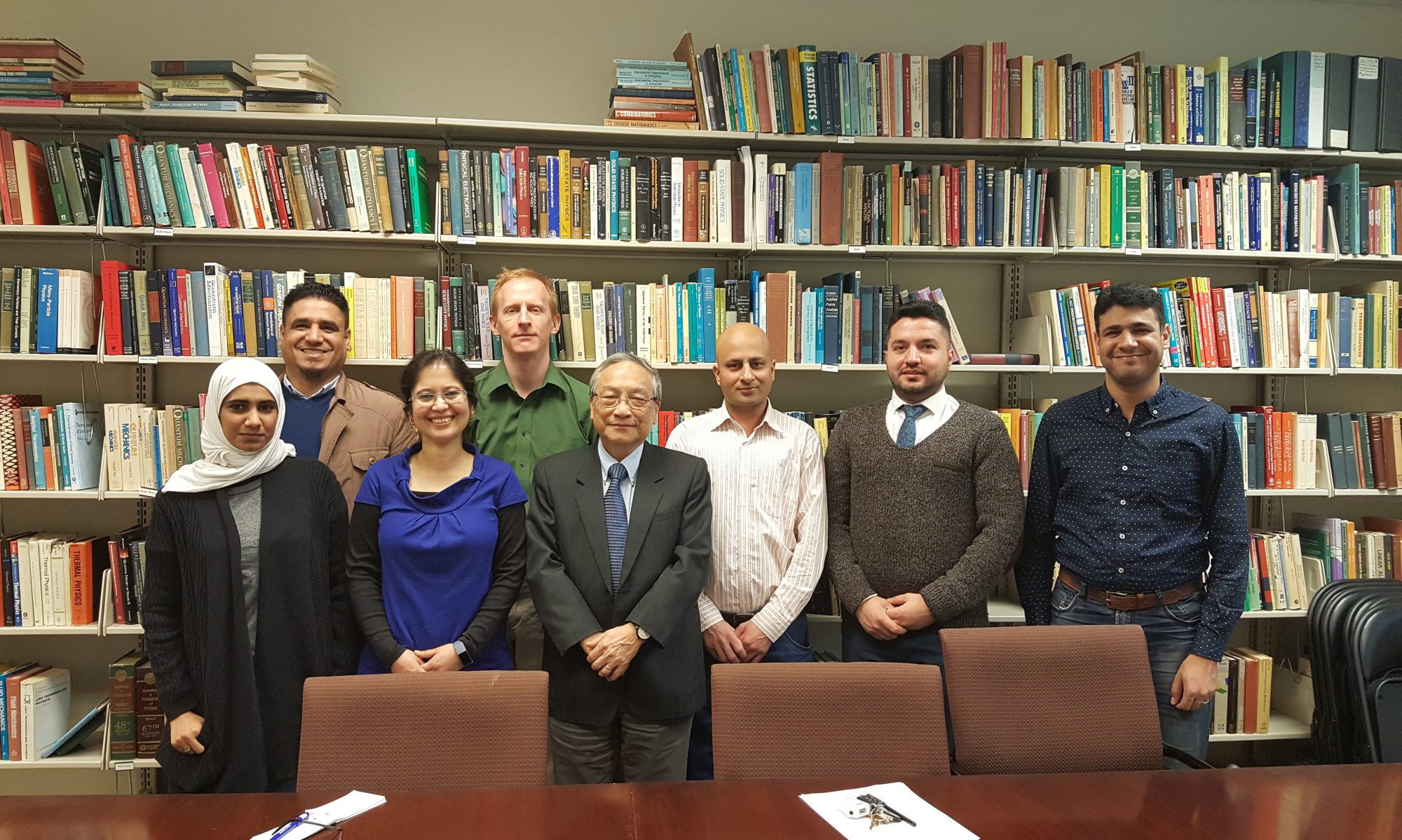The main research interests of the Electronic
Structure Group (ESG) are the electronic, mechanical, structural,
optical, vibrational, and magnetic properties
of ordered and disordered solids, with focus on materials with complex
structures. As the primary vehicle for our research we use
first-principles methods that are based on density functional theory,
with support from other simulation tools (molecular
dynamics such as LAMMPS). The orthogonalized
linear combination of atomic orbitals (OLCAO) method developed by ESG is
the main computational code used. Other ab initio packages and
methods such as Vienna Ab initio simulation package
(VASP) are also extensively used in
conjunction with the OLCAO method. Our repertoire of projects include
investigation of electronic structure and bonding (including H-bonding),
characterization via spectroscopic calculations, determination of
mechanical and elastic properties, tensile and compression experiments
on supercomputers, research on lattice dynamics, phonon spectra, phases
diagrams and thermodynamic properties, exploring the long-range
interactions (electrostatic, polar, and van
der Waals) in biomolecular systems, transport properties in complex
ceramics, and materials under extreme
conditions of high temperature and pressure. We are also actively
developing robust, accurate, and efficient computational tools with
unique predictive power. In recent years, significant efforts have been
focused on the following systems:
- Electronic and mechanical properties of intermetallic compounds and alloys including layered MAX-phase compounds;
- Bulk metallic glasses, inorganic glasses (α-SiO2), and models of calcium silicate hydrates (CSH);
- Complex biomolecules such as: cobalamins (Vitamin B12), doxorubicin, DNA (single, double, and quadruple strands), PEG polymeric chains, amino acids, collagens, proteins, and virus-based nanoparticles;
- Bioceramics such as hydroxyapatite, floralapatites, tricalcium phosphates, metal-substituted apatites, their surfaces and interfaces;
- Advanced ceramic materials (and their defects and microstructures) including mullites, alumina, nitrides, borides, carbides, etc.;
- Interfaces between crystalline and amorphous materials such as intergranular glassy films (IGF) in polycrystalline ceramics;
- Spinel nitrides and other related advanced nitrides;
- Dilute magnetic semiconductors and ferromagnetic half-metals;
- Lithium battery materials such as LiFePO4;
